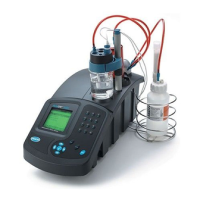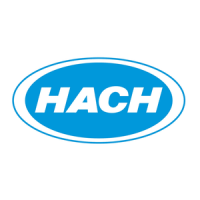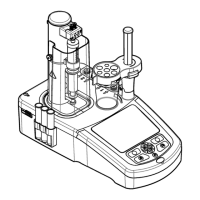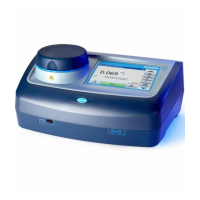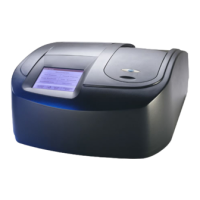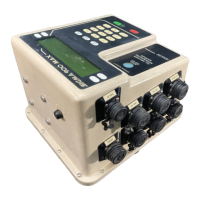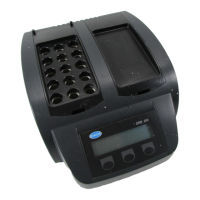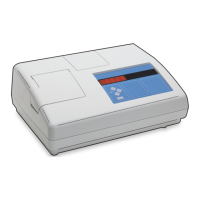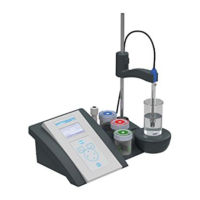What does the stormy icon on Titrant Tab mean on Hach AutoCAT 9000 Laboratory Equipment?
- DdalvarezAug 29, 2025
The stormy icon indicates a problem with the titrant or burette. To solve this: 1. Verify that the desired method has been selected. 2. Verify that the burette has been properly installed in the software. 3. Verify that the correct titrant has been installed. 4. Verify that the titrant concentration has been properly set by either entering the value manually or by running the appropriate calibration routine.
